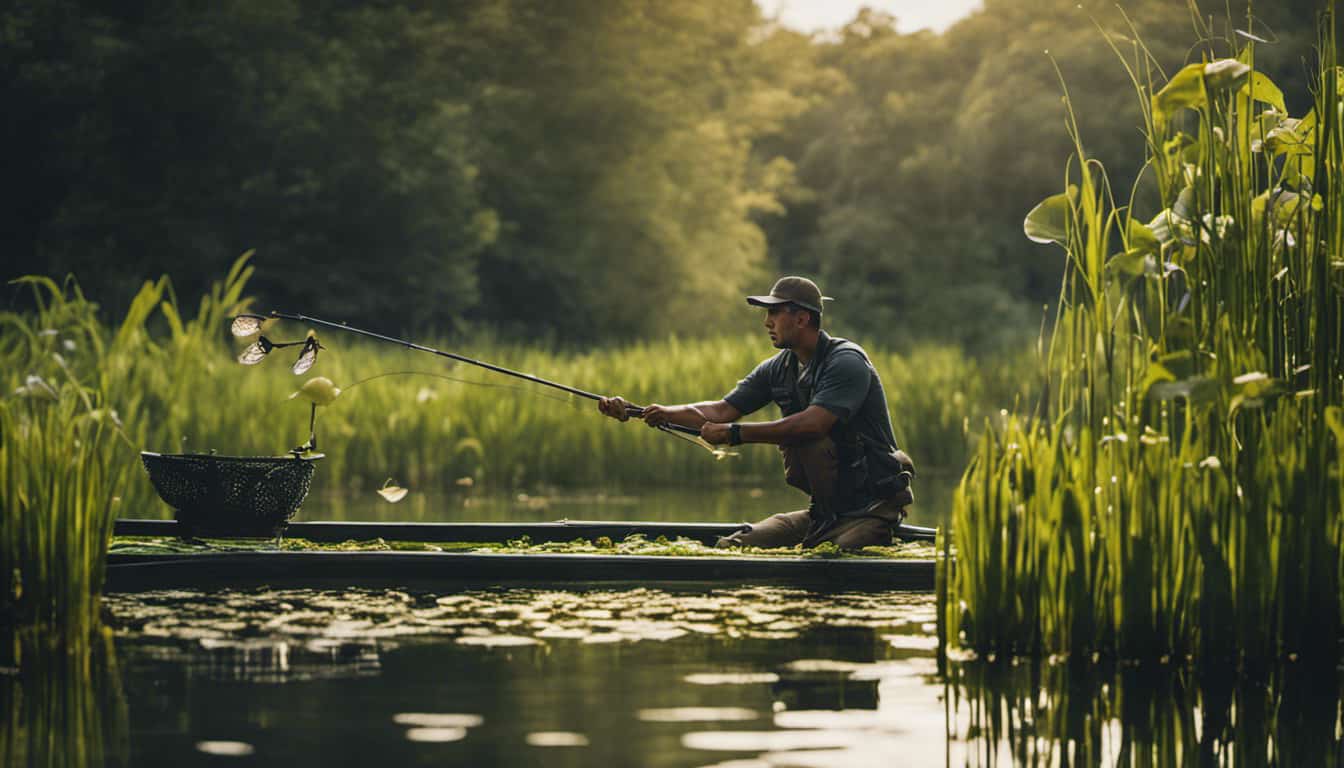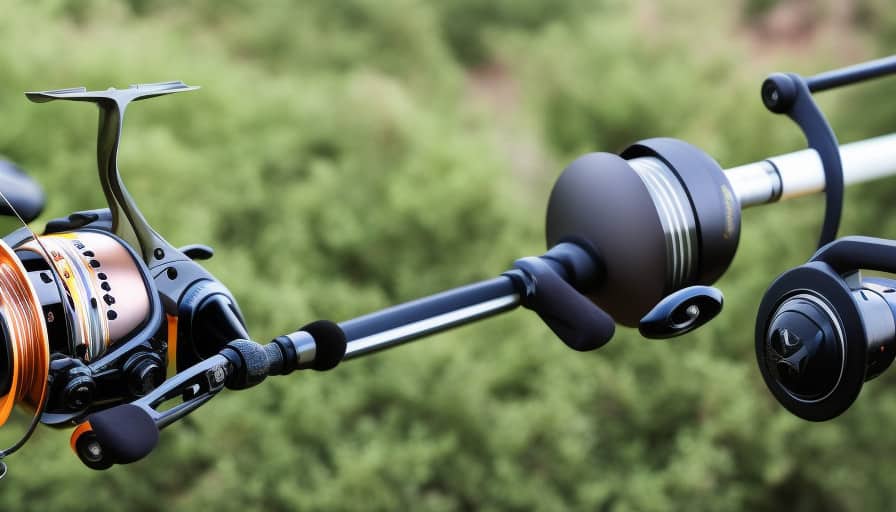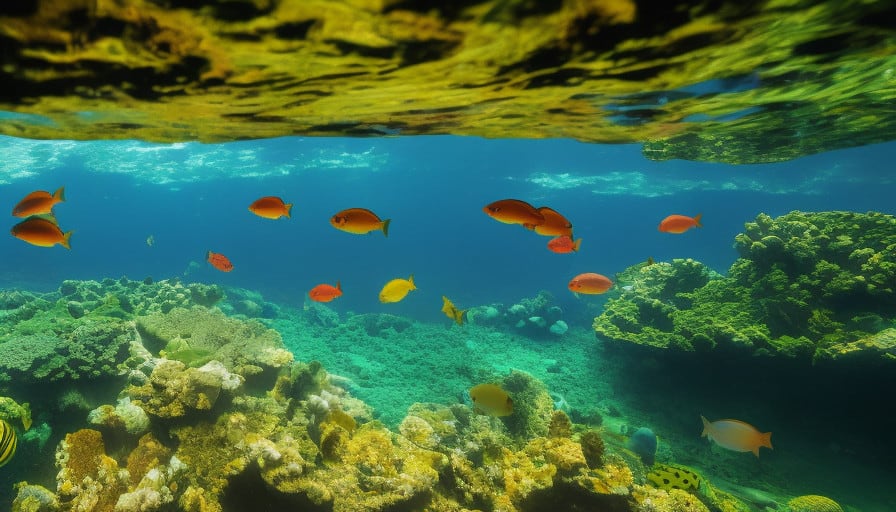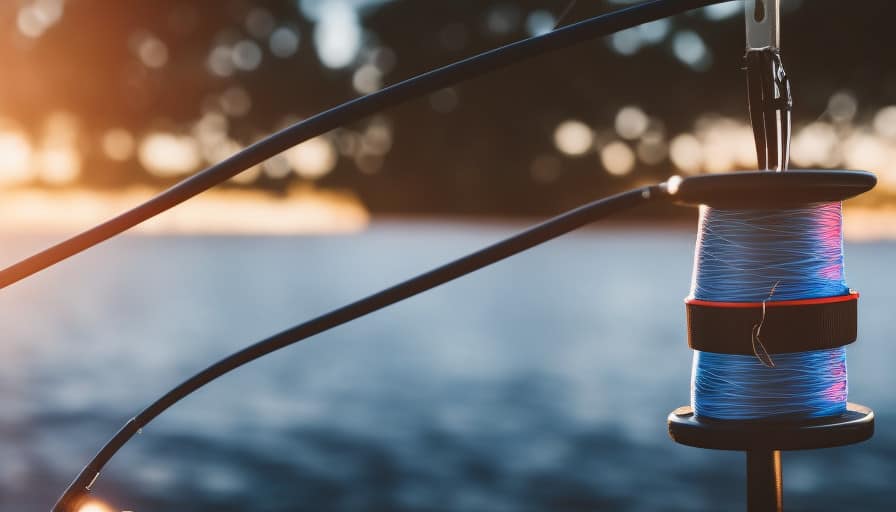The pursuit of angling for the elusive snakehead fish has captured the attention of many fishing enthusiasts worldwide.
In this comprehensive article, we will delve into the art of snakehead fishing methods, providing an in-depth exploration of the necessary equipment and gear, selecting optimal fishing locations, effective techniques for capturing snakehead, discerning bait and lure choices, as well as best practices for handling and releasing these unique specimens.
By immersing ourselves in the knowledge and mastery of snakehead fishing, anglers can enhance their skills in this challenging pursuit.
Equipment and Gear for Snakehead Fishing
The proper equipment and gear necessary for effective snakehead fishing include a sturdy fishing rod, a durable fishing reel, a selection of appropriate fishing lines, and a variety of hooks and lures suitable for attracting and catching snakehead fish.
When it comes to fishing rods and reels for snakehead fishing, it is crucial to choose ones that are strong and durable, capable of handling the powerful and aggressive nature of these fish. A medium to heavy action rod, preferably made of graphite or fiberglass, is recommended for snakehead fishing. It should have a good backbone to provide the angler with enough power to control the fish during the fight. As for the fishing reel, a baitcasting reel with a high gear ratio is often used for snakehead fishing, as it allows for quick and efficient retrieval of the line.
In addition to the fishing rod and reel, selecting the right fishing line is essential. A braided fishing line with a high-pound test is recommended, as it offers strength and durability needed to handle the sharp teeth and powerful runs of snakehead fish. A fluorocarbon leader can be added to the end of the mainline to provide some abrasion resistance and stealthiness.
When it comes to hooks and lures, it is important to have a variety of options to cater to the preferences of snakehead fish. For live bait fishing, using circle hooks in sizes 2/0 to 4/0 is common. These hooks are designed to increase hook-up rates and reduce the risk of deep hooking. For artificial lures, topwater lures such as frog imitations or buzzbaits are popular choices, as they mimic the snakehead’s natural prey and can trigger aggressive strikes. Soft plastic baits, like swimbaits or jerkbaits, can also be effective when rigged with a weedless hook to avoid snagging in vegetation.
Choosing the Right Location for Snakehead Fishing
Optimal selection of a fishing location for targeting snakehead involves careful consideration of various factors such as water depth, vegetation density, and structural features. To maximize your chances of finding snakehead hotspots, it is crucial to understand snakehead behavior and their preferred habitat.
Here are four key factors to consider when choosing the right location for snakehead fishing:
-
Water Depth: Snakeheads are typically found in shallow waters, particularly in the range of 1 to 4 feet. They prefer areas with ample cover, such as submerged vegetation or fallen trees, which provide protection and ambush opportunities.
-
Vegetation Density: Snakeheads are highly adapted to thrive in environments with dense vegetation. Look for areas with thick aquatic vegetation, including lily pads, hydrilla, or water hyacinths. These areas not only provide cover but also attract prey species.
-
Structural Features: Snakeheads are known to congregate around structures such as submerged rocks, docks, or bridge pilings. These structures offer hiding spots and create currents that attract prey. Targeting these areas can significantly increase your chances of success.
-
Water Flow: Snakeheads prefer slow-moving or stagnant waters. Look for areas with minimal current or eddies where snakeheads can conserve energy while waiting for prey.
Techniques and Tips for Catching Snakehead
To increase the effectiveness of capturing snakehead, anglers can employ various techniques and strategies that have been proven successful in targeting this specific species. Snakehead fishing requires careful consideration of regulations and legal requirements, as well as the option to participate in tournaments and competitions.
When it comes to snakehead fishing, anglers must be aware of the regulations and legal considerations in their specific area. These may include restrictions on the size and number of snakehead that can be caught, as well as specific fishing seasons or areas where snakehead fishing is permitted. It is important to familiarize oneself with these regulations to ensure compliance and to contribute to the conservation efforts for this species.
Snakehead fishing tournaments and competitions provide an exciting opportunity for anglers to showcase their skills and compete against fellow enthusiasts. These events often have specific rules and guidelines that participants must follow, ensuring fair play and promoting responsible fishing practices. Additionally, tournaments and competitions can serve as a platform to raise awareness about snakehead conservation and encourage sustainable fishing practices.
The following table provides an overview of some common techniques and tips that can enhance the success of snakehead fishing:
| Techniques and Tips | Description |
|---|---|
| Topwater Lures | Mimic the movement and appearance of prey on the water’s surface, attracting snakehead. |
| Weedless Soft Plastics | Allows for fishing in areas with heavy vegetation, where snakehead tend to hide and hunt. |
| Jerkbaits | Erratic movements mimic injured fish, enticing snakehead to strike. |
| Live Bait | Using live bait such as minnows or frogs can be highly effective in enticing snakehead to bite. |
| Stealthy Approach | Snakehead can be easily spooked, so approaching quietly and casting accurately is crucial for success. |
Bait and Lure Selection for Snakehead Fishing
Bait and lure selection for targeting snakehead involves considering the movement and appearance of the prey to attract the attention of these predatory fish. Snakehead fishing requires careful consideration of the type of lure or bait to use, as it can greatly affect the success of the angler. Here are four key factors to consider when selecting bait and lures for snakehead fishing:
-
Topwater vs. sub-surface lures: Topwater lures, such as poppers or frogs, create surface disturbance and mimic the movement of injured prey, which can trigger the aggressive nature of snakehead. Sub-surface lures, like jerkbaits or spinnerbaits, imitate the movement of swimming fish and can be effective in enticing snakehead to strike.
-
Live bait vs. artificial bait: Live bait, such as small fish or frogs, can be highly effective in attracting snakehead due to their natural movement and scent. However, using live bait may be restricted or prohibited in certain areas, making artificial bait a viable alternative. Artificial baits, such as soft plastics or swimbaits, can closely resemble the appearance and movement of prey and are available in a variety of colors and sizes.
-
Size and color: Snakehead are known to be opportunistic feeders and can be attracted to a wide range of bait sizes and colors. Experimenting with different sizes and colors can help determine the preferences of snakehead in a particular fishing location.
-
Matching the prey: Understanding the primary food sources of snakehead in a specific area can guide bait and lure selection. Researching the natural prey of snakehead and selecting baits and lures that closely resemble them can increase the chances of success.
Best Practices for Handling and Releasing Snakehead
When handling and releasing snakehead, it is important to follow best practices that prioritize the well-being of the fish and promote sustainable fishing practices. Snakehead conservation and population control are vital aspects of responsible angling.
When handling snakehead, it is crucial to minimize stress and physical harm to the fish. Anglers should use wet hands or gloves to handle the fish, as dry hands can remove the protective slime layer on the fish’s skin. Handling the fish gently and avoiding squeezing or dropping it can prevent injuries. Additionally, it is recommended to use barbless hooks, which are easier to remove and cause less damage to the fish.
When releasing snakehead, anglers should do so cautiously and in a manner that allows the fish to recover quickly. This includes holding the fish upright in the water, ensuring that it is fully revived before letting it swim away. If the fish is exhausted, it may be necessary to hold it in the water, gently moving it back and forth to assist with the oxygenation process. Taking these precautions helps to increase the survival rate of released snakehead and contributes to their population control.
Conclusion
In conclusion, fishing for snakehead requires the right equipment, location, and techniques. By using the appropriate gear, such as a heavy action rod and strong fishing line, anglers can increase their chances of success.
Choosing the right location, such as areas with dense vegetation or structures, can also improve the likelihood of catching snakehead. Additionally, employing techniques like topwater lures or casting near ambush points can be effective.
It is important to handle and release snakehead properly to ensure their conservation. With these techniques and practices in mind, anglers can enjoy the thrill of snakehead fishing while preserving the species for future generations.




Leave a Reply